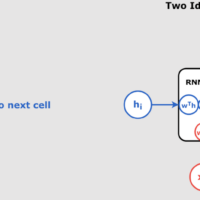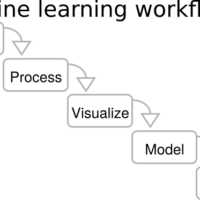Understanding Batch Normalization in Deep Learning Understanding Batch Normalization in Deep Learning Deep learning has revolutionized numerous fields, from computer vision to natural language processing. However, training deep neural networks can be challenging due to issues like unstable gradients. In particular, gradients can either explode (grow too large) or vanish (shrink too small) as they propagate through the network. This instability can slow down or completely halt the learning process. To address this, a powerful technique called Batch Normalization was introduced. The Problem: Unstable Gradients In deep networks, the issue of unstable gradients becomes more pronounced as the network depth increases. When gradients vanish, the learning process becomes very slow, as the model parameters are updated minimally. Conversely, when gradients explode, the model parameters may be updated too drastically, causing the learning process to diverge. Introducing Batch Normalization Batch Normalization (BN) is a technique designed to stabilize the learning process by normalizing the inputs to each layer within the network. Proposed by Sergey Ioffe and Christian Szegedy in 2015, this method has become a cornerstone in training deep neural networks effectively. How Batch Normalization Works Step 1: Compute the Mean and Variance For each mini-batch of data, Batch Normalization first computes the mean (\(\mu_B\)) and variance (\(\sigma^2_B\)) for each feature. These statistics are then used to normalize the inputs. Example: Example Feature 1 Feature 2 Feature 3 1 1.0 3.0 2.0 2 2.0 4.0 3.0 3 3.0 5.0 4.0 Step 2: Normalize the Inputs The inputs are normalized by subtracting the mean and dividing by the square root of the variance (with a small constant \(\epsilon\) added to avoid division by zero):…



